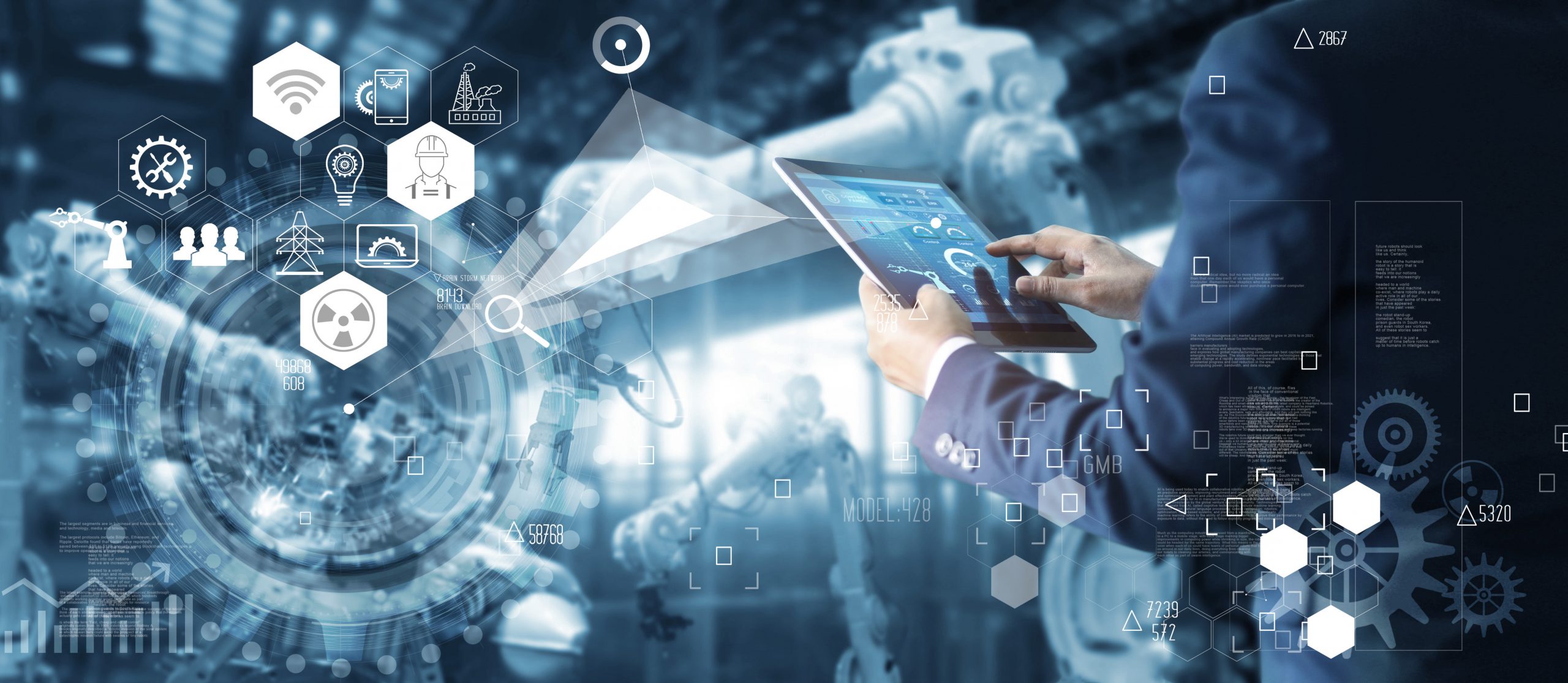Industry 4.0: The importance of securing a connected future
The Fourth Industrial Revolution is here and is evolving at an unstoppable pace. The industrial world we’ve known for the past 150 years is constantly changing and machines, devices, and production facilities are increasingly connected to both cloud and corporate IT systems.
The Growing Threat Landscape: Cybersecurity Challenges in the Fourth Industrial Revolution
IT-OT convergence, along with the Industrial Internet of Things (IIoT), the Artificial Intelligence or the 5G are powerfully revolutionizing industrial models worldwide, turning this sector into a hyperconnected framework we should all be prepared for. Although all this translates into great opportunities to increase productivity, performance, and innovation, as well as to reduce costs and improve systems and machines ROI, the truth is that these changes also pose a major threat to organizations. In fact, 40% of manufacturing firms experienced a cyberattack last year, according to the last “Deloitte and MAPI Smart Factory Study” report.
On the other hand, the Internet of Things is one of the driving forces of digital transformation – it has gone from 25 billion connected devices in 2015 to the estimate that 2021 will close with 50 billion units – and the largest concentration of these new IoT objects will be especially in the industry sector, representing 26.4% of the market, according to SAFEATLAST. We are therefore talking about IIoT (Industrial IoT) technology, a hyperconnected reality that introduces new vulnerabilities for the sector. With each new IT-OT connection, a new entry point to new risks is created. IT-OT convergence is a melting pot of mixed technologies (old and new), exposed endpoints, and unprotected and unprepared legacy systems facing today’s sophisticated cyberattacks, not to mention the enormous challenge of connecting legacy technologies with current solutions.
Protecting Industrial Infrastructure: Addressing Vulnerabilities in IT-OT Convergence
Equipment and production technology lifespan typically ranges between 15 to 20 years, or even longer. Production-line embedded PCs are now several decades old and have become isolated from the IT systems that now exist in every modern IT network, cloud platforms and standard-based applications that have life cycles of months rather than decades. Unlike other industries, when a manufacturing company’s systems are threatened, the consequences can go far beyond than just financial losses or consumer data theft. If production machinery suffers a cyber-attack, hacking or a power outage, it can endanger physical security or even human life. Hackers have perfectly understood these challenges and are especially targeting critical infrastructures to demand ever higher ransoms.
In all this complex web, cybersecurity is no longer a “should have” but a “must have”. The surge of cyber-attacks reveals that companies using industrial systems have a real challenge to protect their access and connections, particularly in terms of remote access. With the COVID-19 pandemic, many new issues regarding productivity, computer networks evolution, perimeters, and privileged users accessing highly sensitive IT systems have skyrocketed. This situation jeopardizes the cybersecurity of those industrial organizations that need to secure privileged access to their critical infrastructure. In addition, these companies must ensure that every access, whether on-site or remote, is controlled, traced, and monitored.
The Role of Privileged Access Management (PAM): Safeguarding Critical Systems in Industry 4.0
Access Management provides complete centralization, control, and administration of connections to systems requiring elevated privileges to ensure strict traceability and security that does not prevent efficiency. These capabilities enable industrial organizations to leverage the many opportunities arising from modern IT with traditional OT convergence without fearing a devastating security breach.
In the past two decades, cybersecurity has entered the mainstream of critical infrastructure. Two cultures and two worlds that seemed so distant – IT and OT – are now embedded in one another, along with all their insights, objectives, and languages. And this evolution has brought with it an ever more critical awareness of digital threats to this new Industry 4.0 world. Digital transformation has driven the need for a robust industrial cybersecurity capable of addressing industrial constraints (lifecycle, criticality, business continuity) and that goes beyond initial perimeter security solutions, such as anti-virus and firewalls, into the modern realm of Privileged Access Management, encompassing Identity Management and Endpoint Security, with the purpose of protecting industrial organizations as they move towards the connected future of industry.

